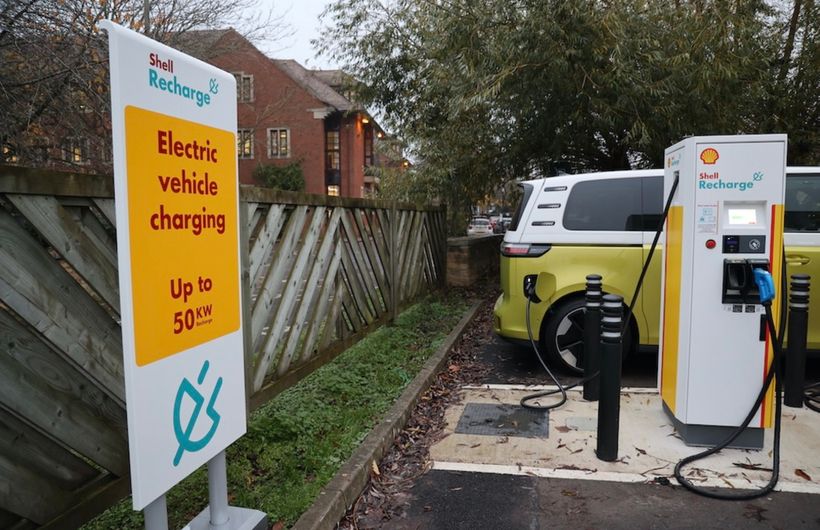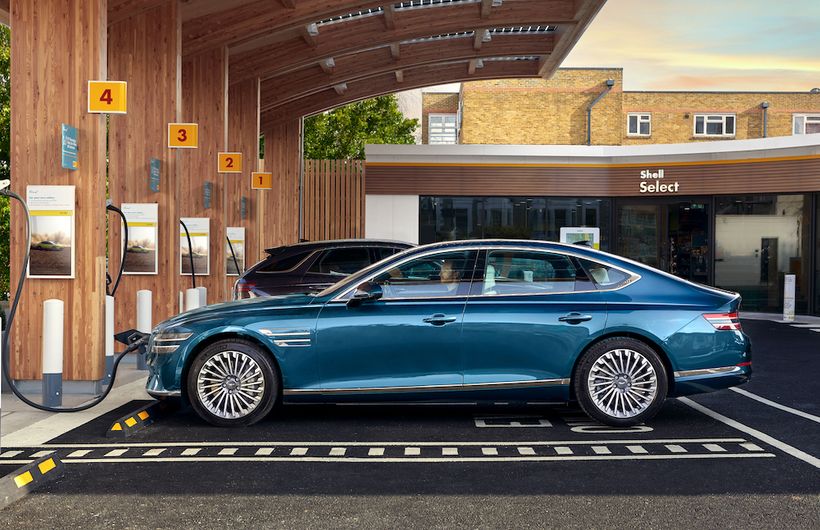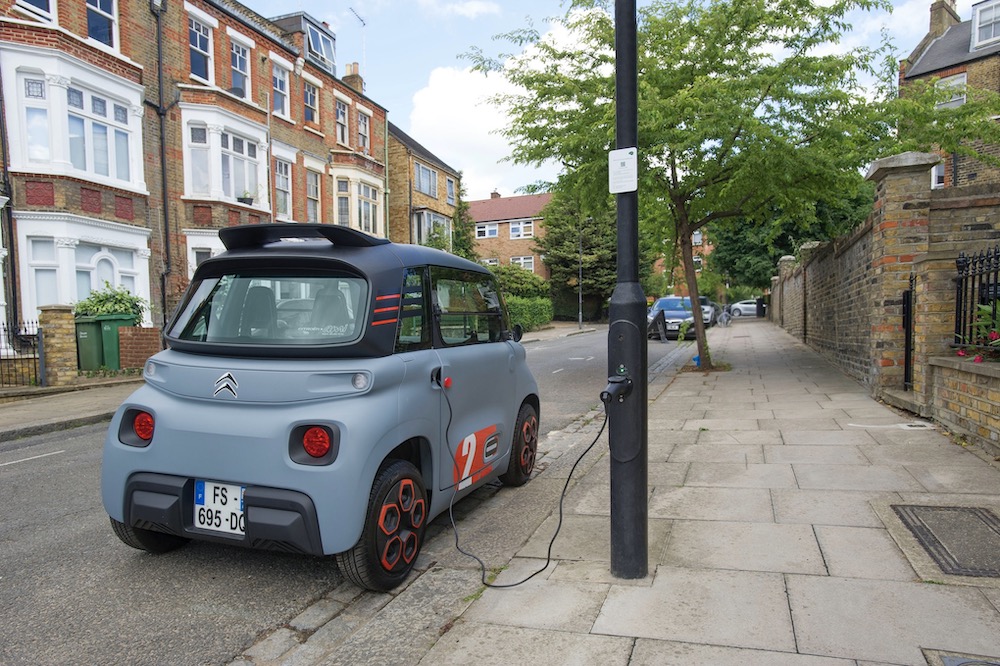When you are at a filling station with an old-fashioned car with an engine, you are given a choice of a few different pumps. There’s petrol and diesel, usually in a couple of different grades, and you simply choose the right one for your car.
With an electric car you are never at risk of putting the wrong type of electricity in your battery, but there are different ways of charging your car to suit every situation and your particular vehicle. In a hurry? Choose a rapid. Parked up for the night? Look out for a more leisurely AC charger.
Shell Recharge offers a wide variety of places to plug in, at locations ranging from service stations and supermarkets to streets. Here are the differences between them, and how to choose the one that is right for you and your car.
 Shell Recharge points can be found at all sorts of handy places, including supermarkets
Shell Recharge points can be found at all sorts of handy places, including supermarkets 






.jpg?width=820&height=530)



